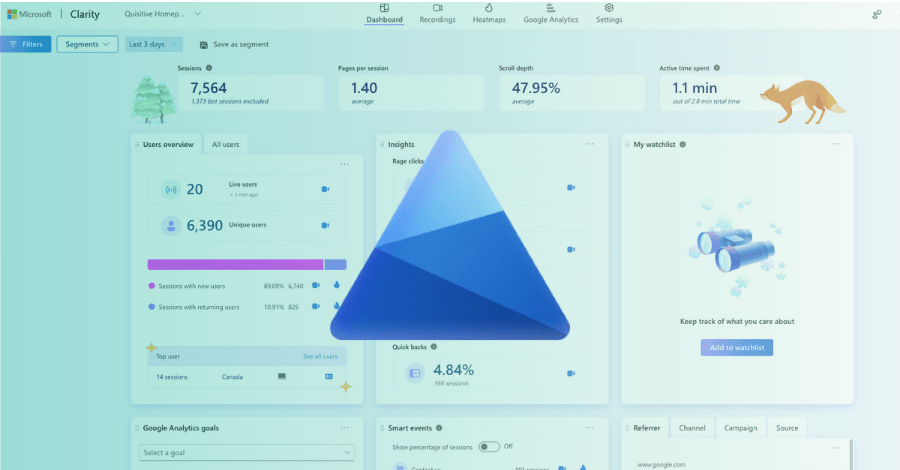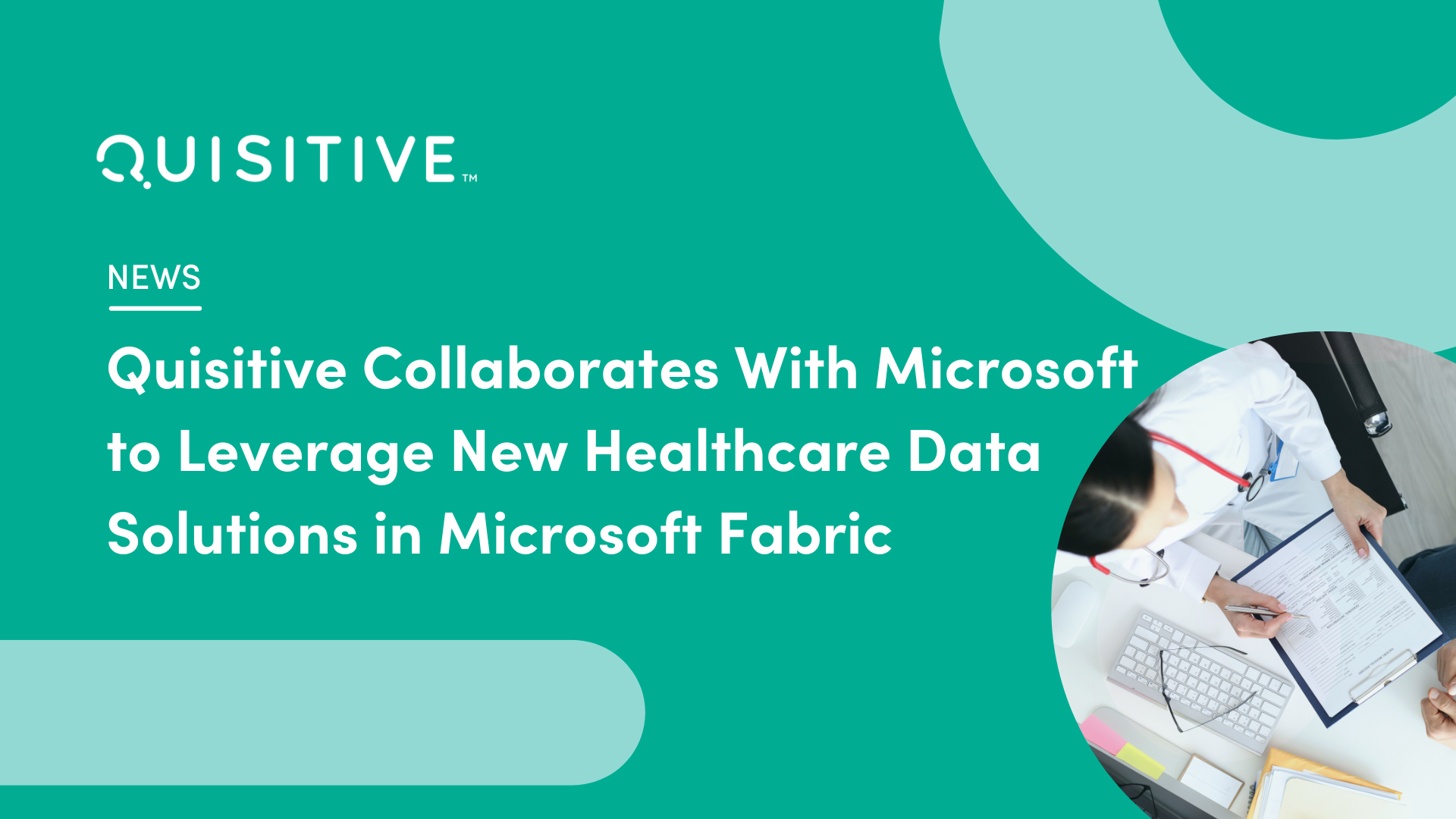The Role of Natural Language Processing In Managing Healthcare Records
Healthcare record management is a common pain point for medical professionals who need organized information so they can provide efficient treatments to patients. Healthcare records can be extensive and detailed, filled with vast patient medical history information that’s crucial to review before beginning the diagnosis and treatment processes.
Natural language processing is an automated and advanced way for medical professionals to manage these healthcare records and identify key elements pertinent to their patients. When a comprehensive natural language processing system is implemented efficiently, it can eliminate the task of flipping through hundreds of pages of handwritten records to find a patient’s last bloodwork results or past surgery date.
A synopsis of the important medical events and recent health developments is right at the medical professional’s fingertips and records are safely stored and organized on the cloud. Natural language processing saves time, which is an important resource that can save lives in the healthcare field. Learning more about how natural language processing works in the medical industry will help you find out how this feature can improve your medical record-keeping processes.
What Is Natural Language Processing?
Natural language processing is an automated procedure that involves artificial intelligence and computer algorithms. The complex system scans numerous documents quickly, interpreting the language, and picking out the crucial elements to summarize important pieces of the documents.
With a natural language processing system in place, medical professionals could review a synopsis of their patient’s records that highlights the important elements and historical medical information. It’s one vital aspect of cloud computing that makes record management more organized and efficient. Medical records that are summarized and kept safely in the cloud are easily and quickly accessible for all medical professionals focusing on a patient.
Making Sense of Billions of Healthcare Records
Data is a crucial element to healthcare and patient treatment, which is why medical records are comprehensive and exhaustive. They can include aspects that relate to:
- Clinical data.
- Patient information.
- Pharmaceutical records.
- Financial details.
- Research and developmental elements.
According to Stanford Health, healthcare records are consistently growing. About 2,314 exabytes (one exabyte = one billion gigabytes) of healthcare records data will be produced in 2020. Compared to the 153 exabytes of data produced in 2013, it’s clear the management of healthcare records will only become a bigger hassle.
It’s impossible for the human eye to analyze all of this data, choose the highlights, and organize it so it’s stored securely. Detailed healthcare records will continue to grow as more patients visit, making healthcare record storage even more of a daunting task.
Addressing the Need For Integrated Data
When patient data is stored in an unorganized and unstructured fashion, it’s easy for medical professionals to skip over pertinent elements of a patient’s medical history. It can also lead to unsafe storage practices that put patient security at risk.
As a medical professional, one of the top priorities is ensuring that patient data is safe and cared for. Organized and structured data that’s safely stored using security, such as healthcare record blockchain technology, saves medical professionals time and worry.
How Does Natural Language Processing Help?
With an integrated cloud-based operations system in place that includes the latest natural language processing technology and safe storage techniques, medical professionals could quickly skim important characteristics of their patients’ health and history before treating them. One comprehensive health record-keeping system that stores information on the cloud makes it easier for all medical staff, from the receptionist to the surgeon, to retrieve data.
When natural language processing is included in a robust health record-keeping system, processes can be streamlined so that medical professionals can provide faster and more precise treatments. With improved efficiency, healthcare professionals can provide better quality care to patients.
Synthesize and Summarize Data
Natural language processing reviews large amounts of data and condenses it by identifying only the crucial elements and events. By relaying only pertinent information for the healthcare professional, this process allows for a quick skim to learn more about a patient’s history and needs.
The process of finding meaningful data in a comprehensive chart or detailed pages of records is eliminated from the medical professional’s job duties. For example, instead of flipping through 50 pages of records to learn about a patient’s last blood sugar level readings, the integrated AI system uses natural language processing to highlight the latest bloodwork results as the first line item.
Clinical Decision Support
Organized data is one of the most important elements for healthcare professionals when making decisions about a patient’s treatment plan. This is especially true for ongoing health management and when making decisions about chronic disease treatments. With extensive data, healthcare professionals may get overwhelmed or miss important information.
When natural language processing is included in an integrated artificial intelligence (AI) recordkeeping system, it sifts through extensive data and accurately relays the information healthcare professionals need to know. When medical professionals can quickly and precisely review records, they can have more time and ammo to make smart decisions about treatment and health management.
Convert PDF Documents Into Text Files
Handwritten patient forms and other paperwork that’s scanned as PDF files can be less-than-useful in an online recordkeeping system. These files must still be read and examined by hand for data to be interpreted properly, which is a time-consuming and complicated job. With the integration of a natural language processing system, PDF documents are turned into text files, which are easier for the system to scan so it can retrieve vital information. These records are kept safe on the cloud through advanced blockchain technology.
Tackling the organization and management of healthcare records without an integrated and advanced system is a daunting task for healthcare professionals. With a system that includes technologically evolved AI with natural language processing and safe storage technologies, these records can be used by medical professionals as a crucial tool in the diagnosis and treatment planning processes.

;)


